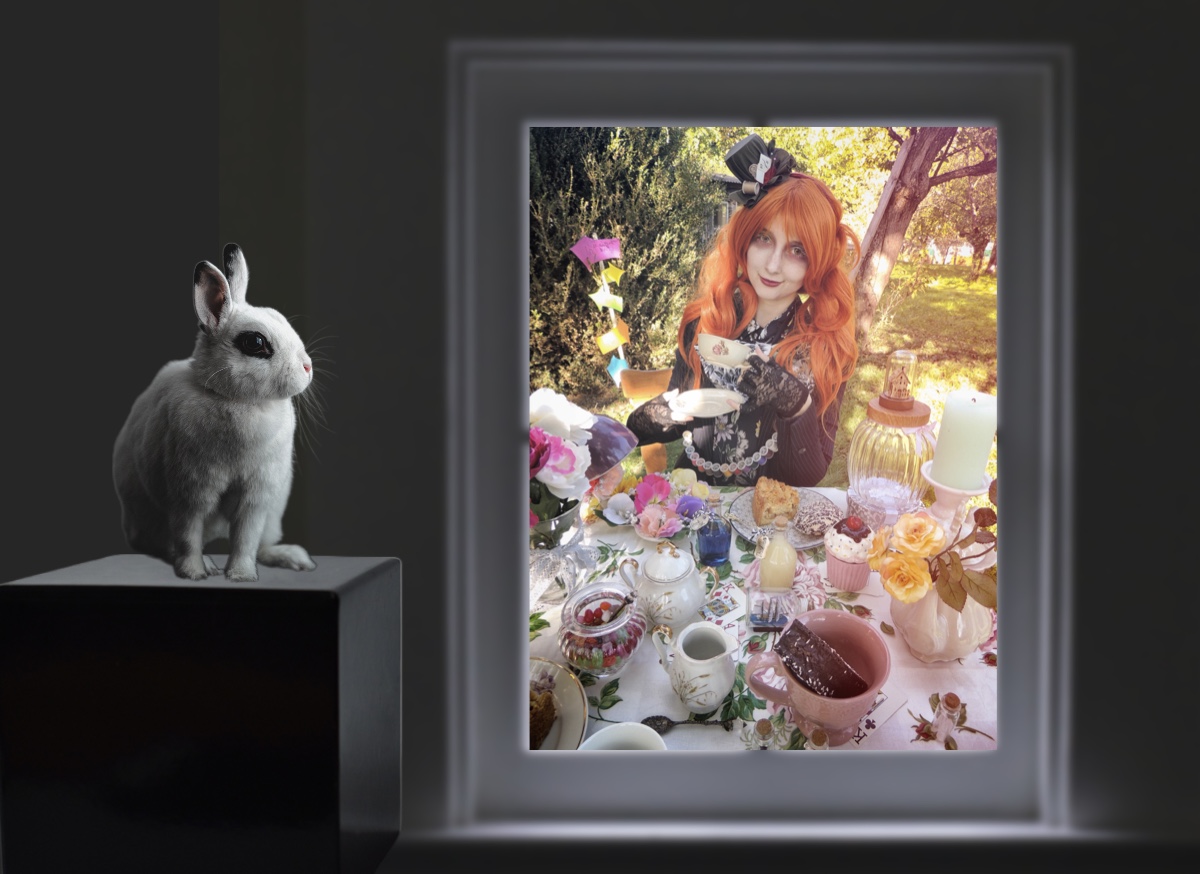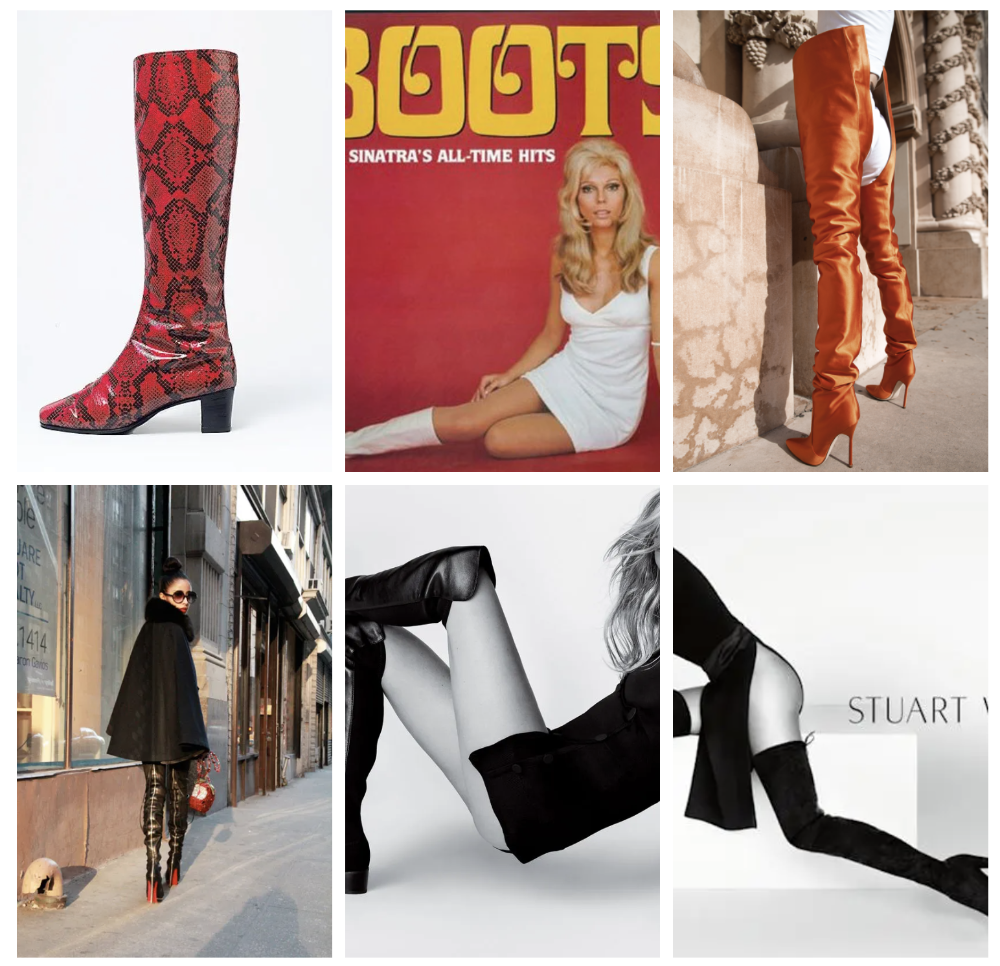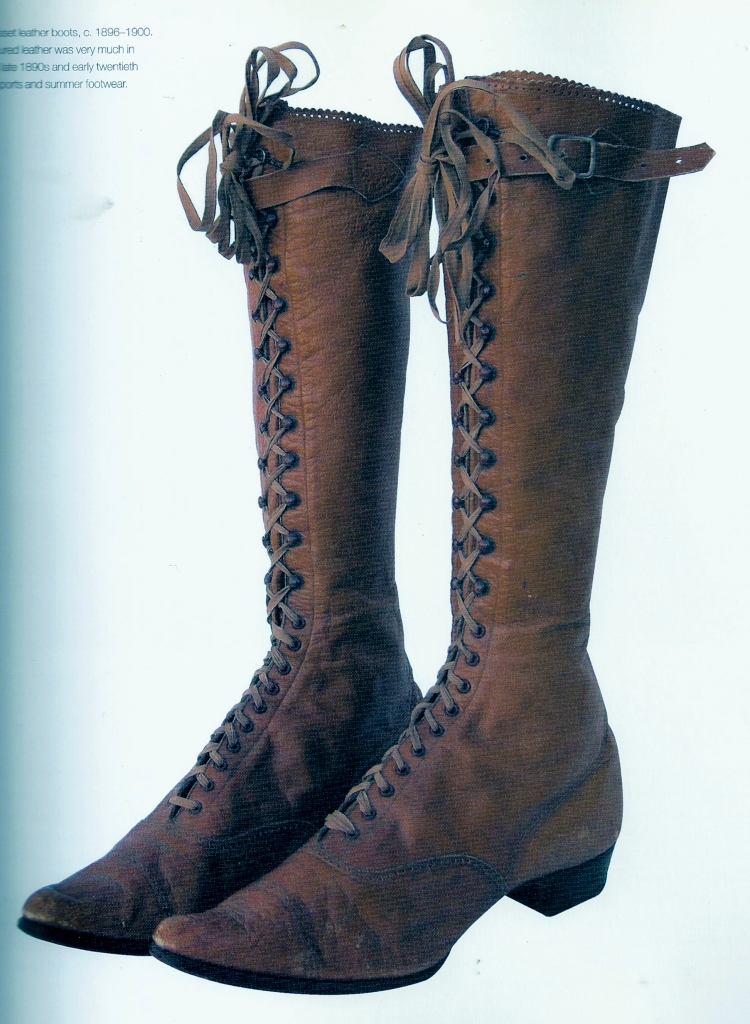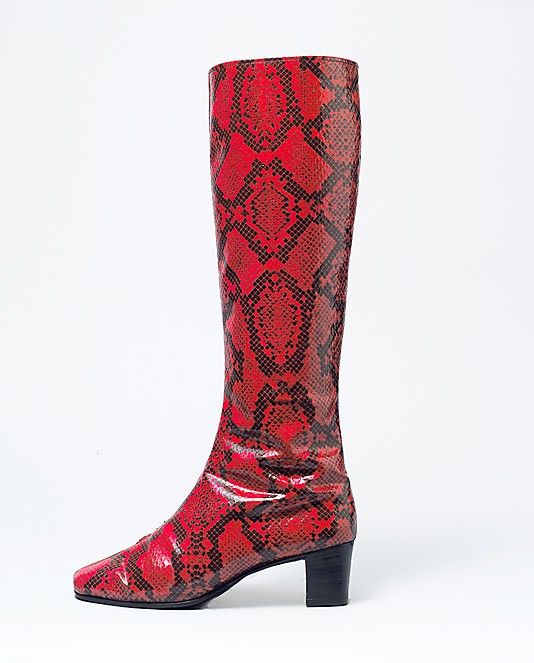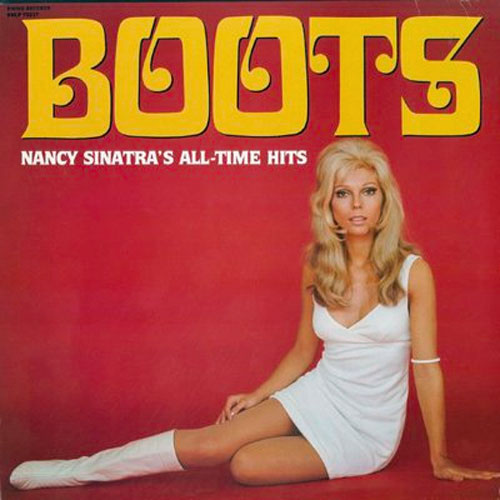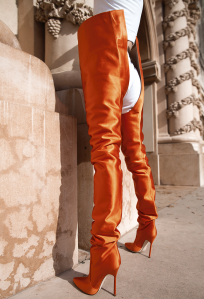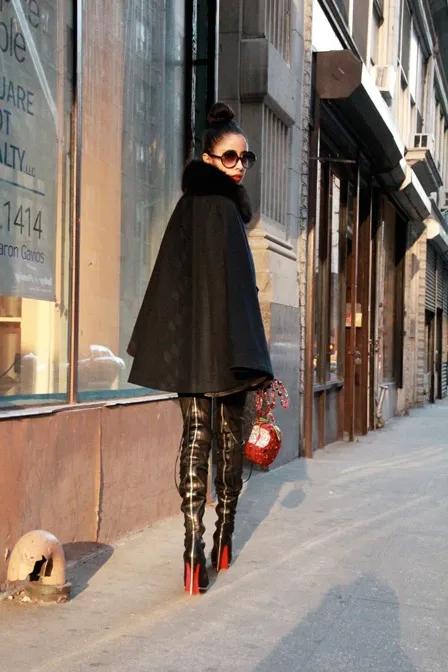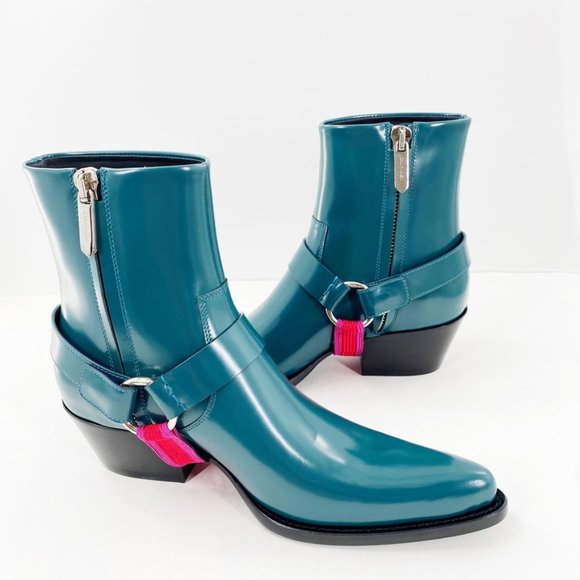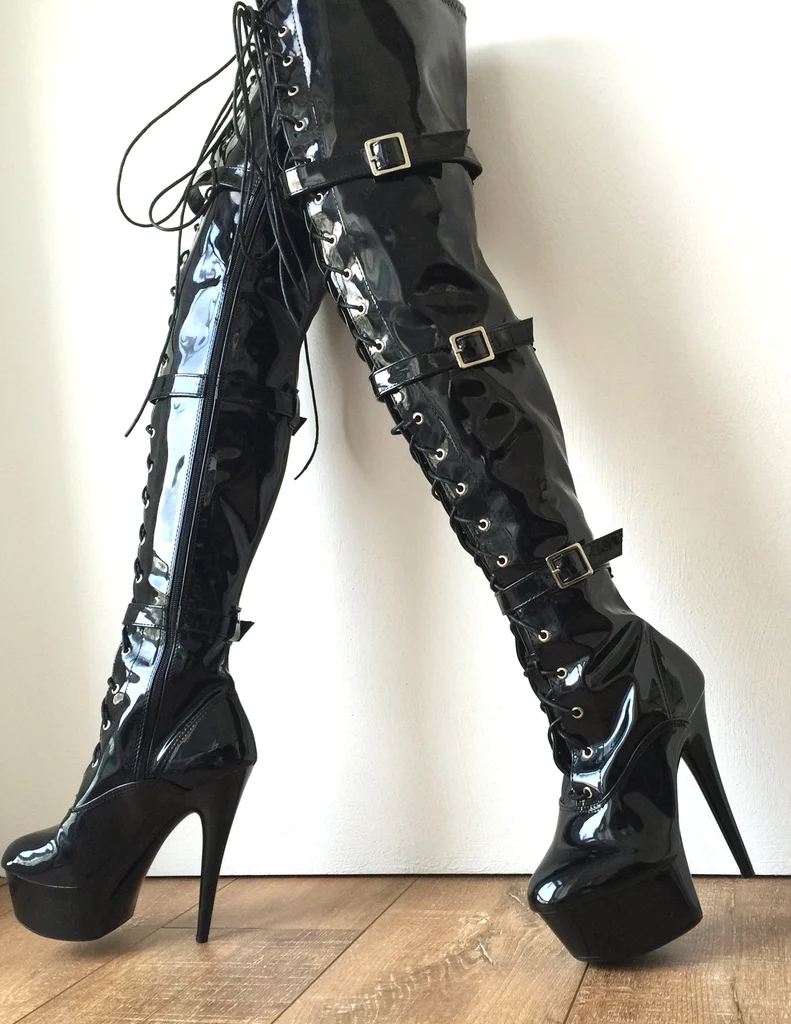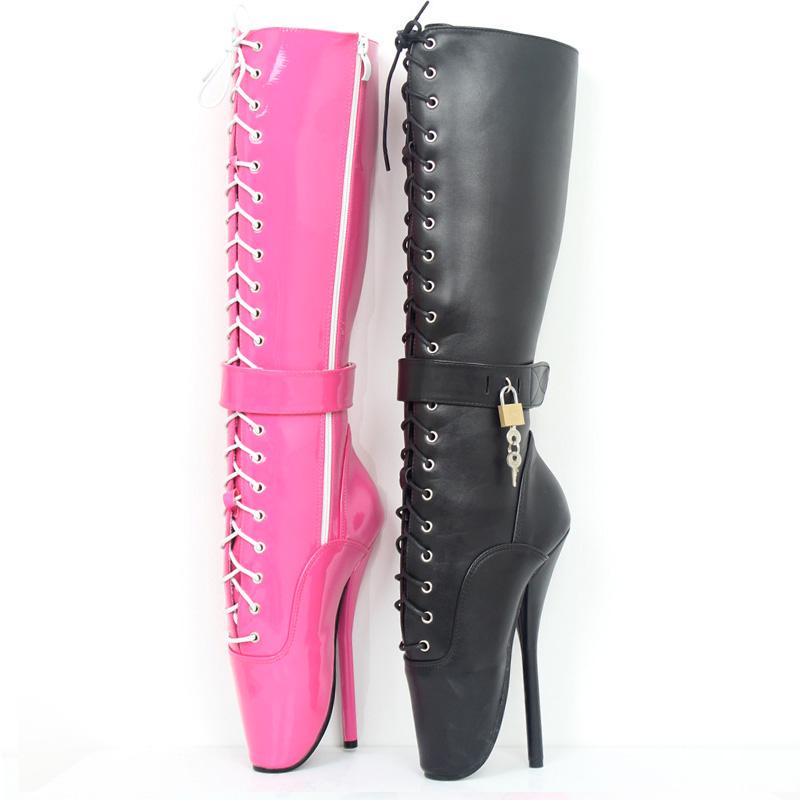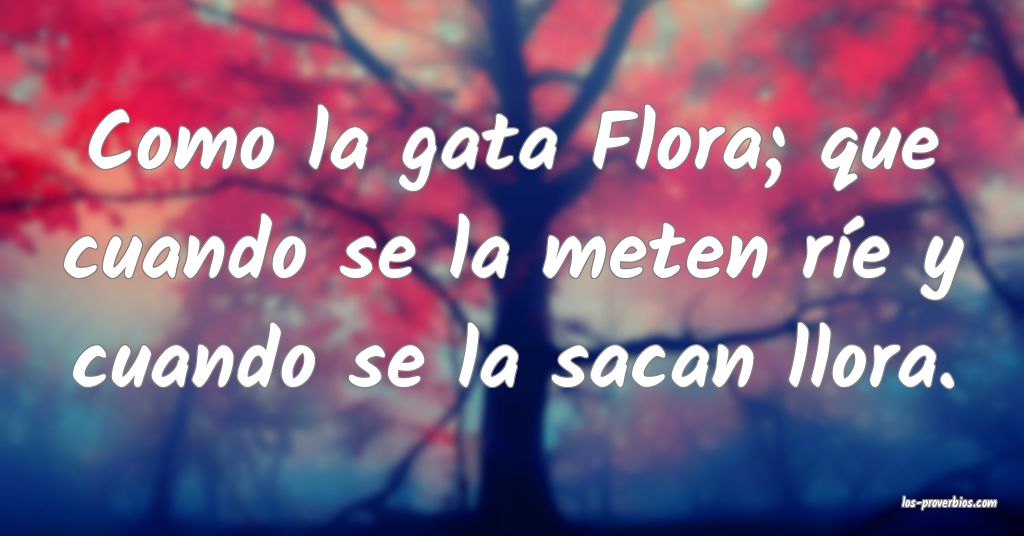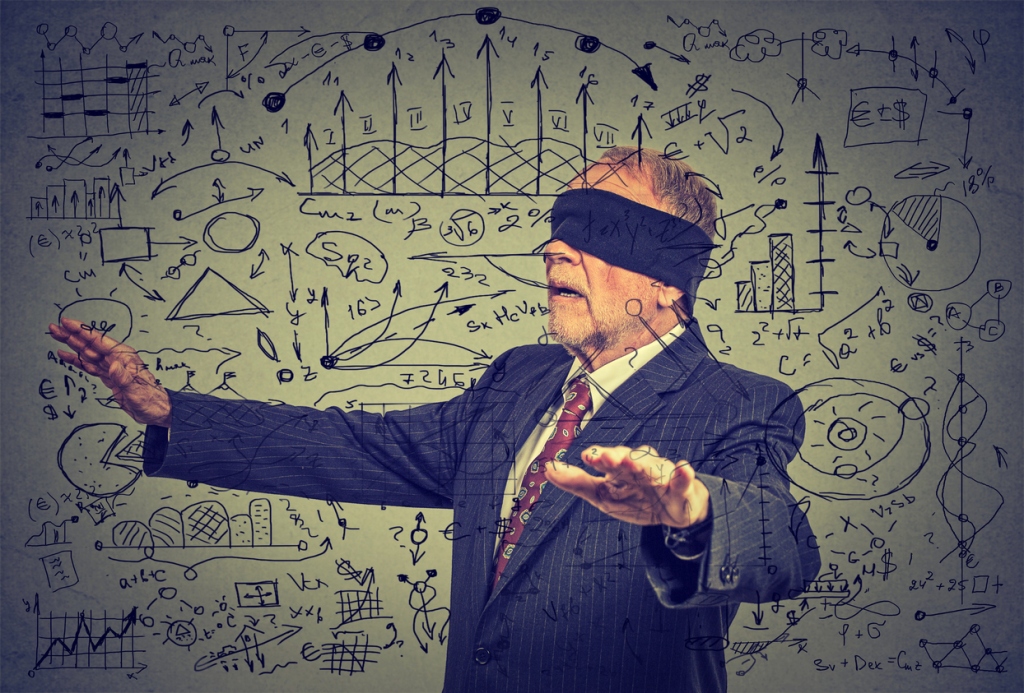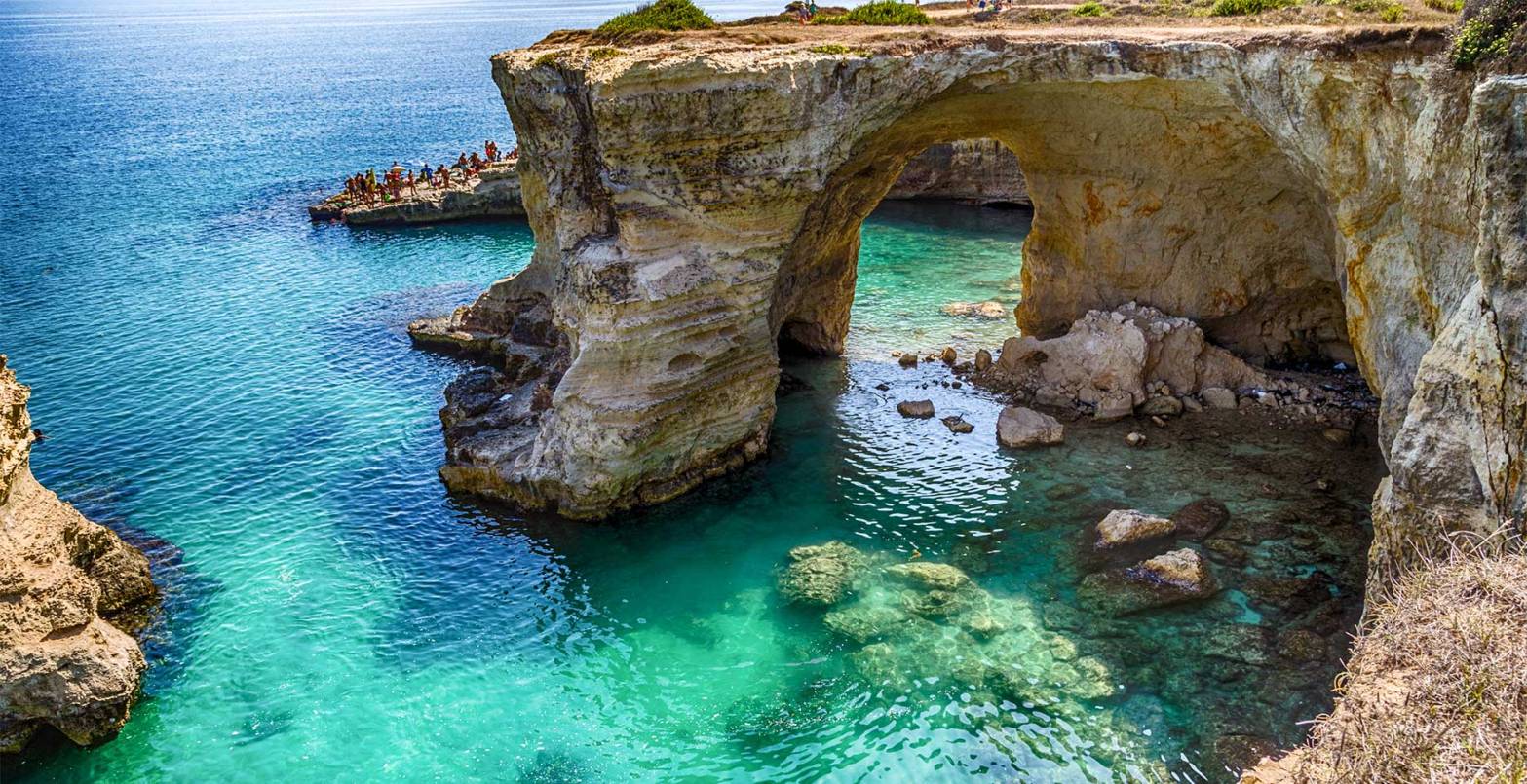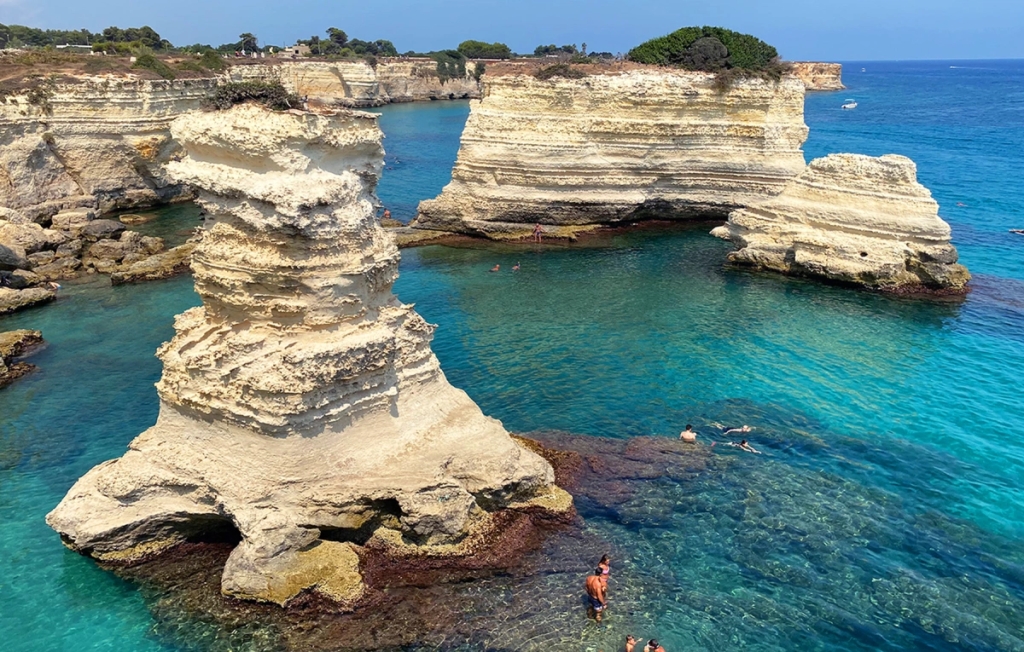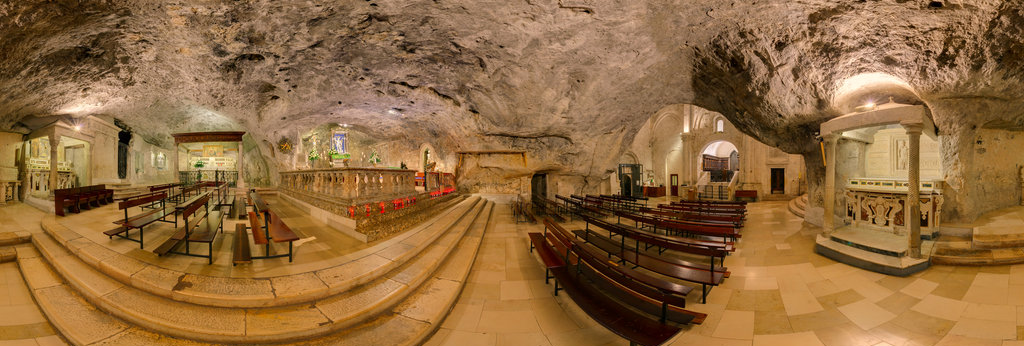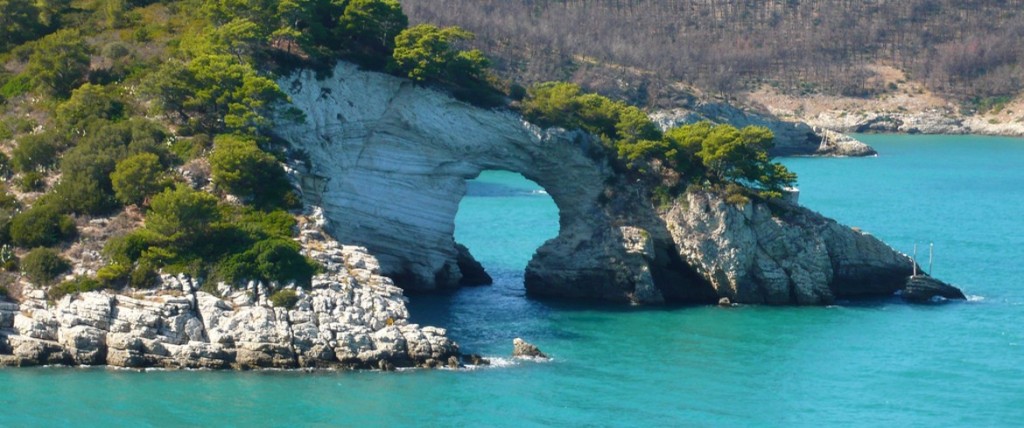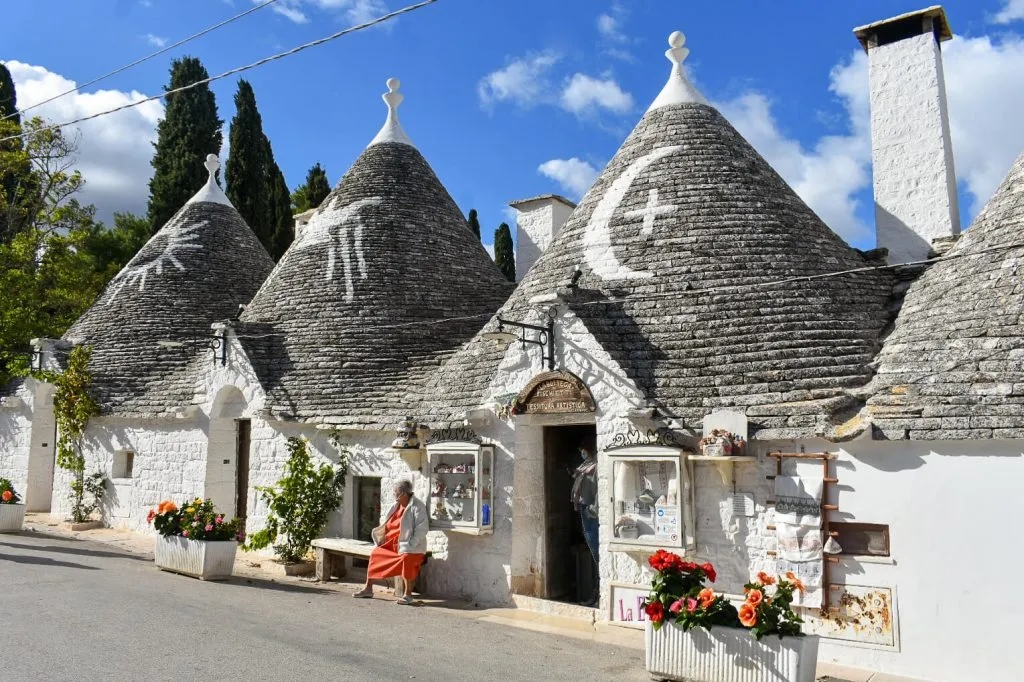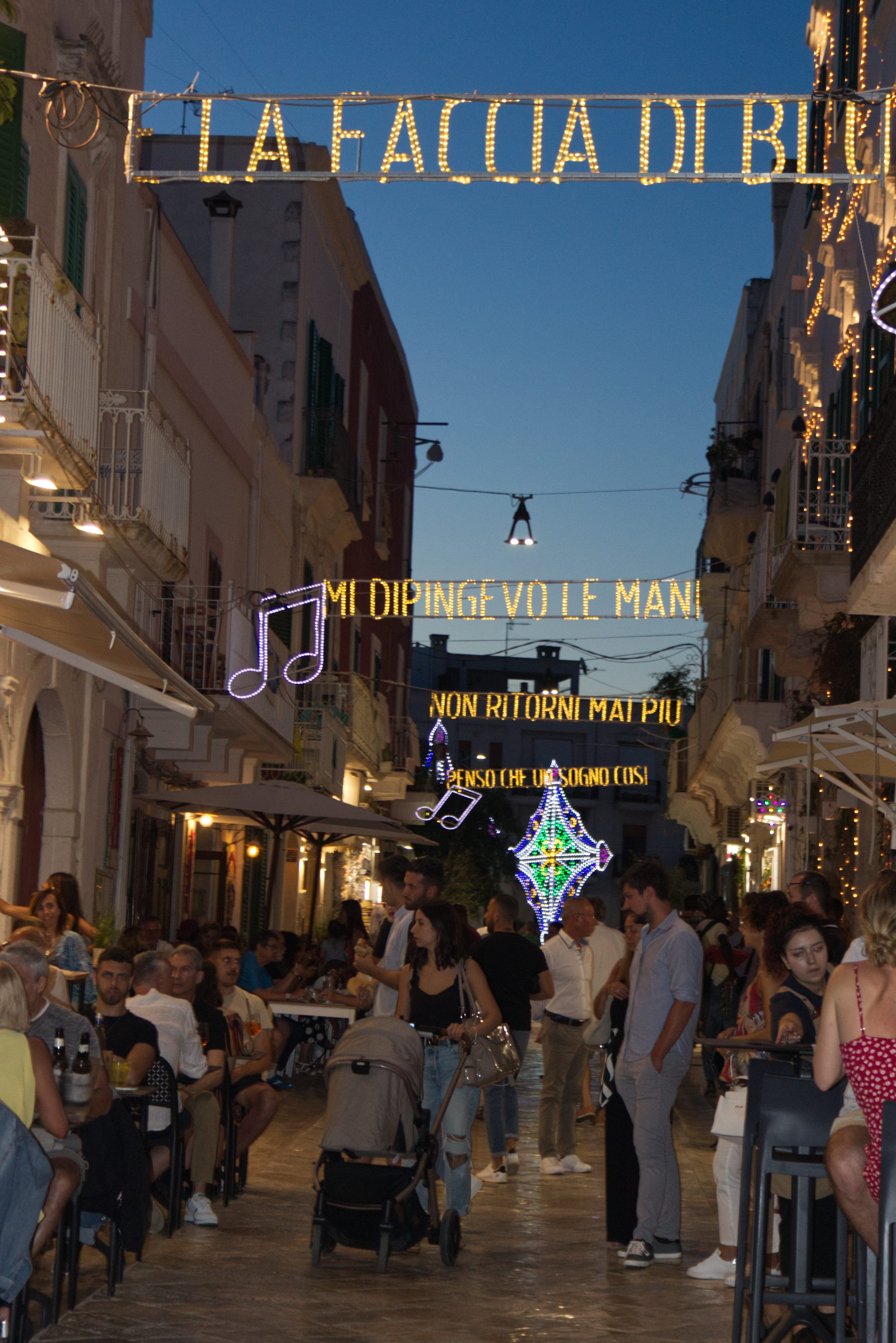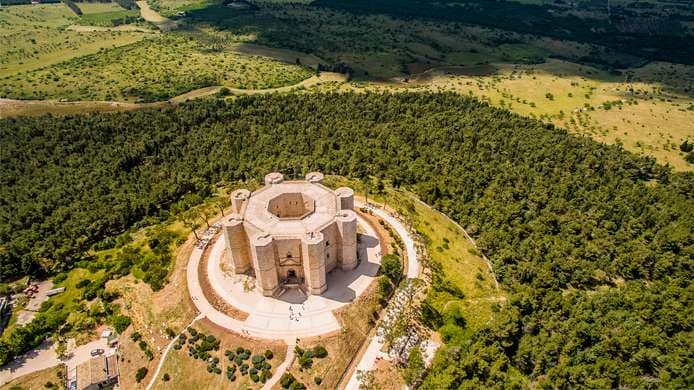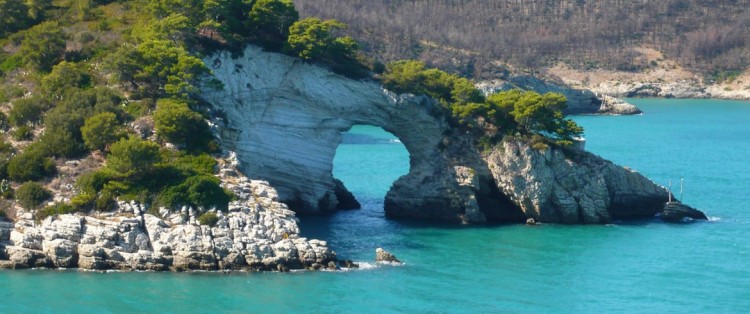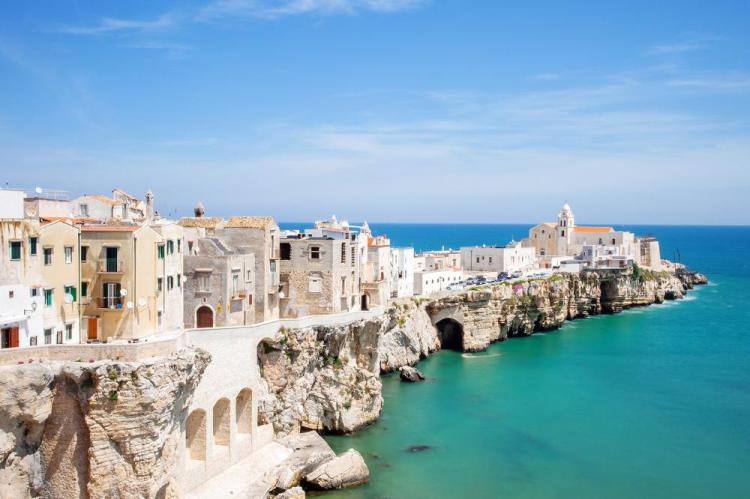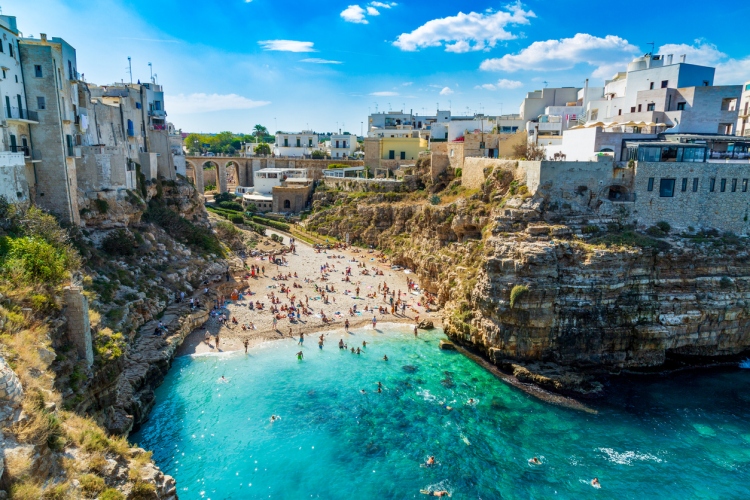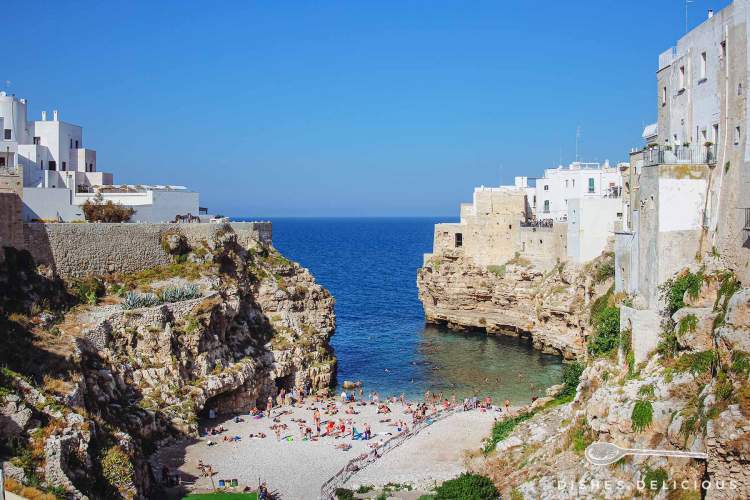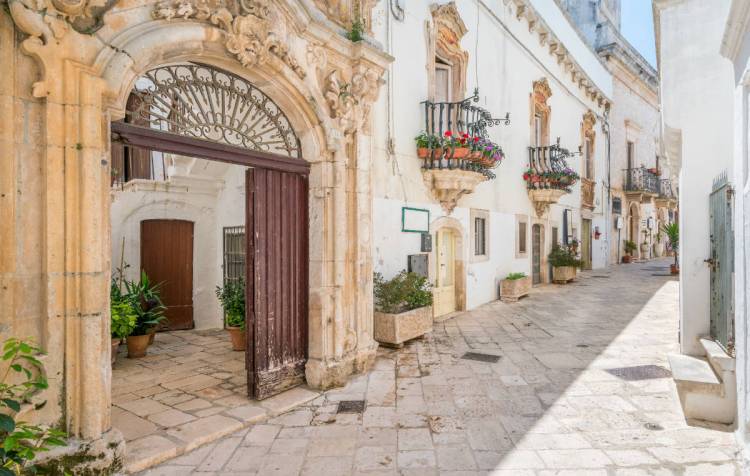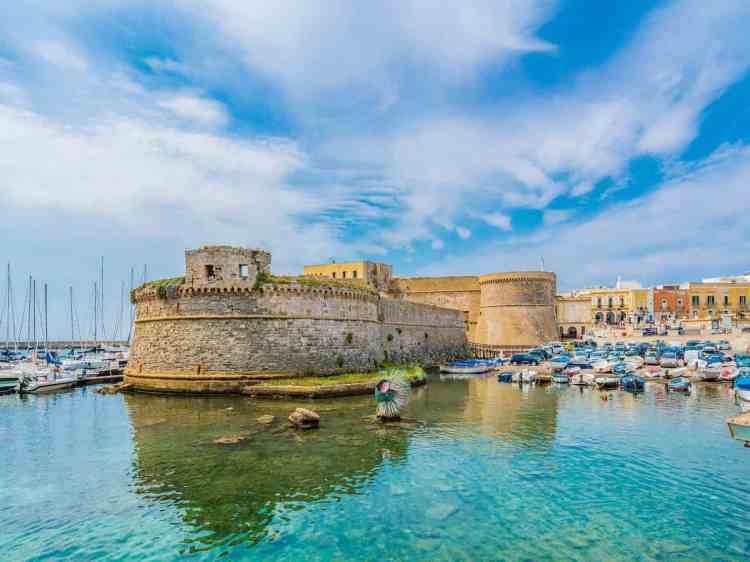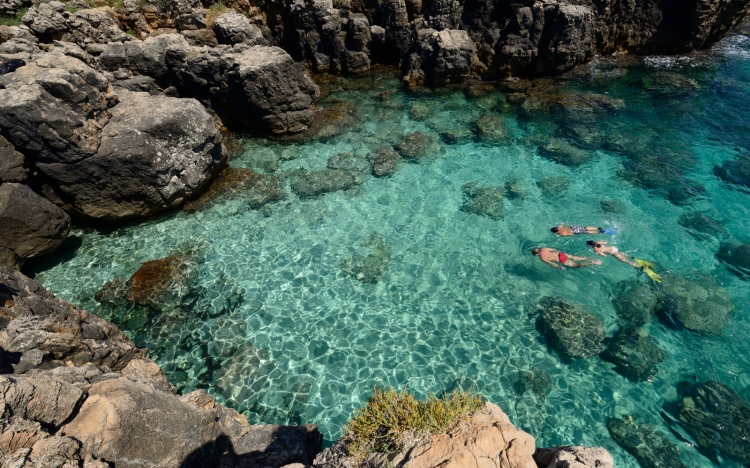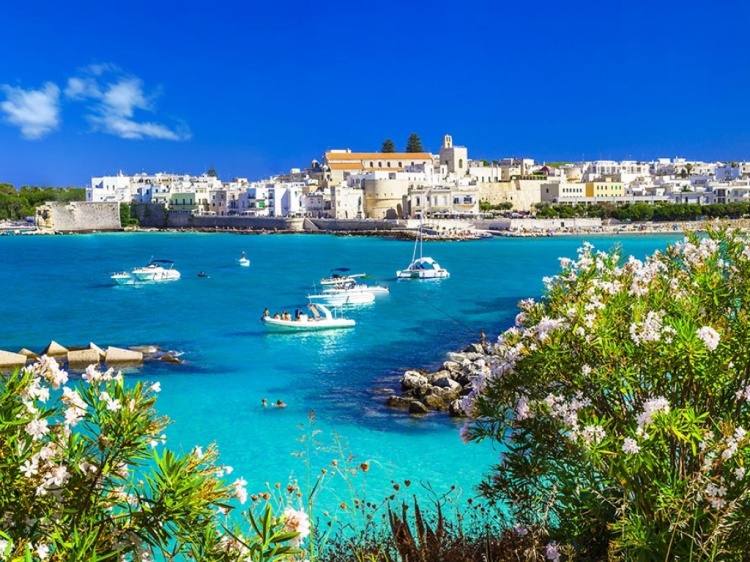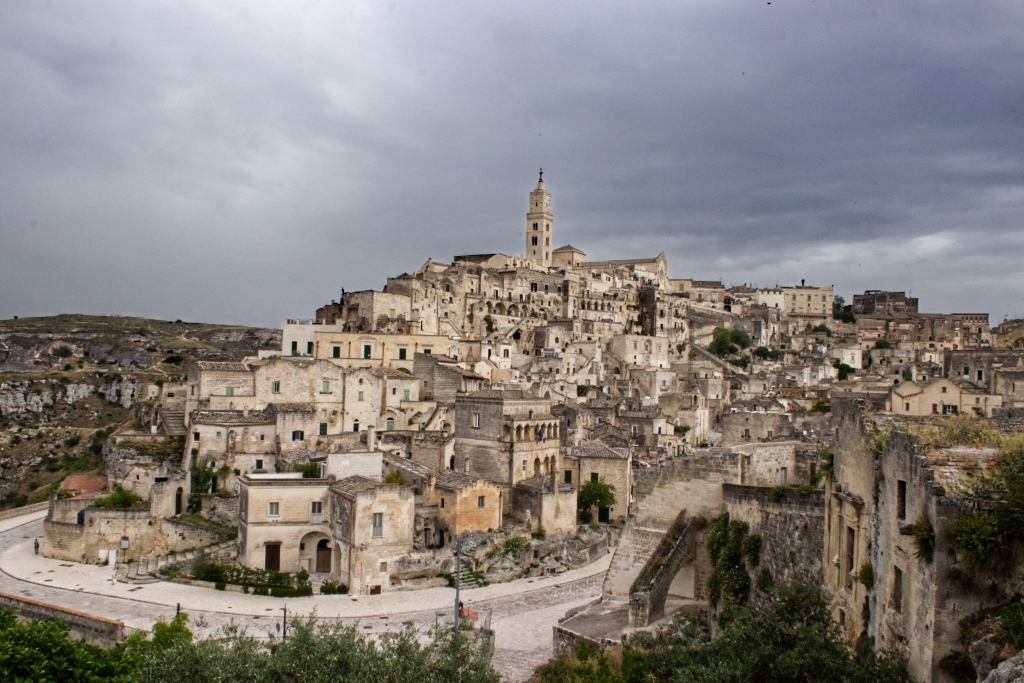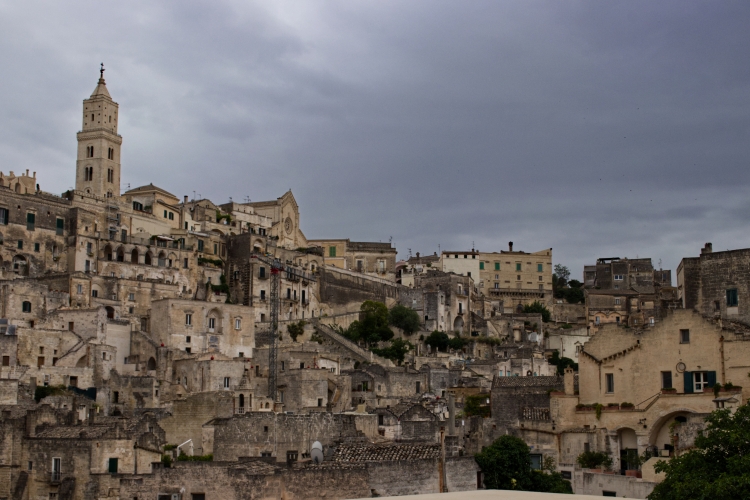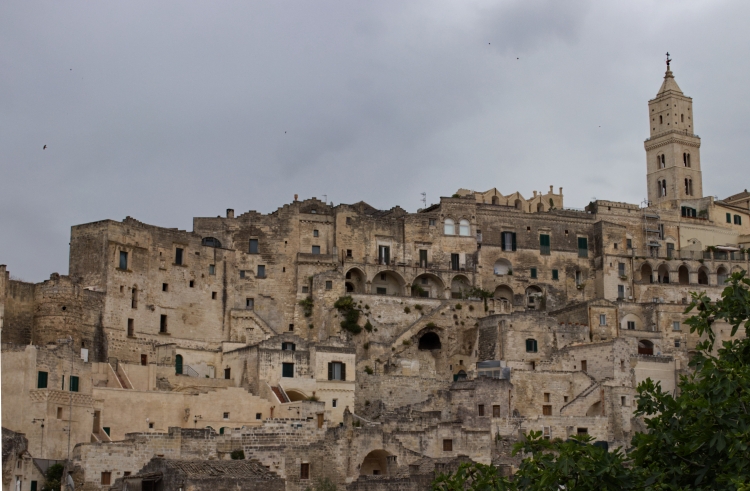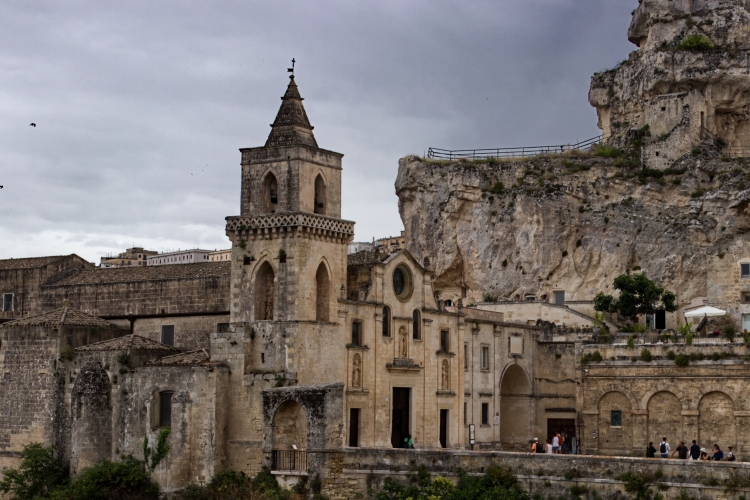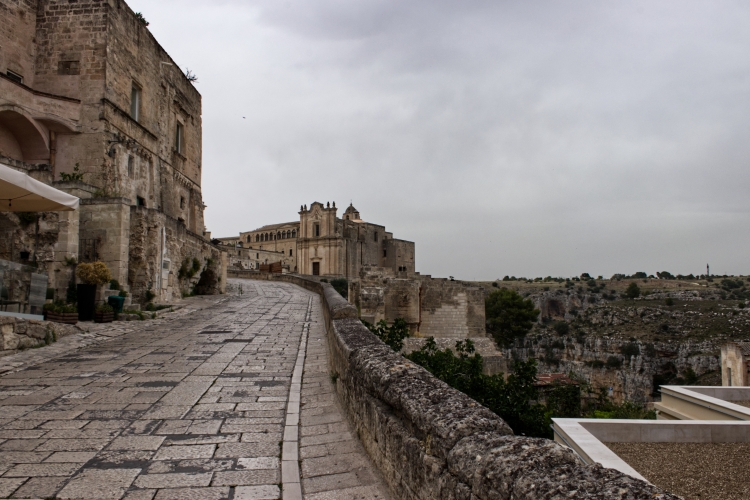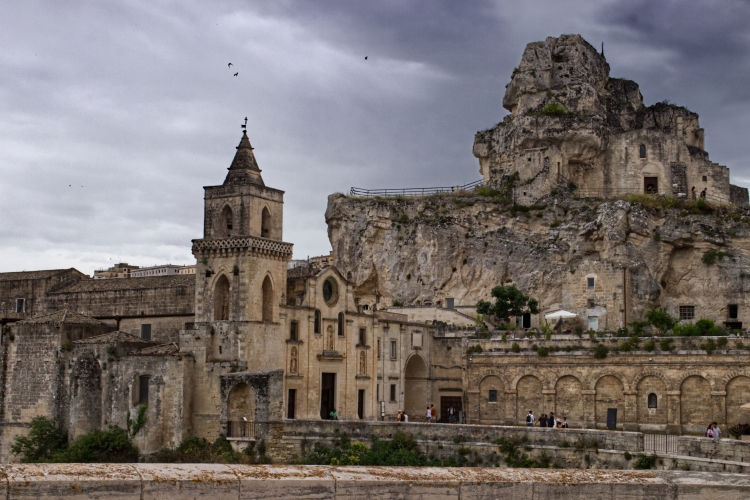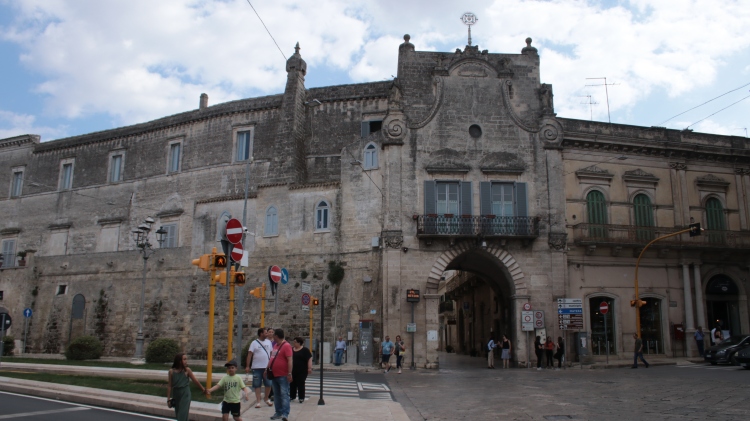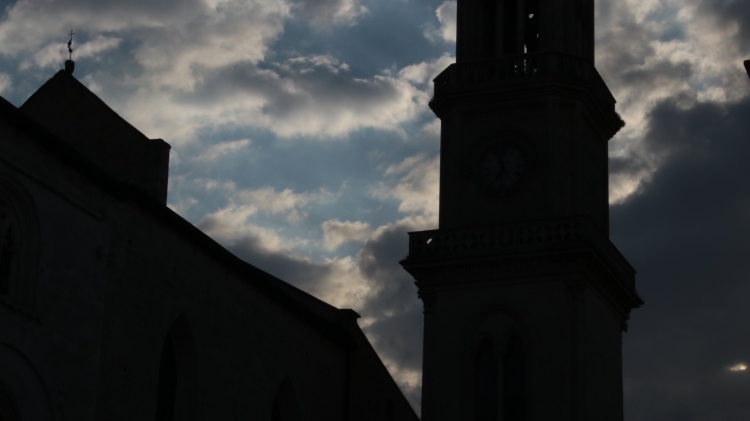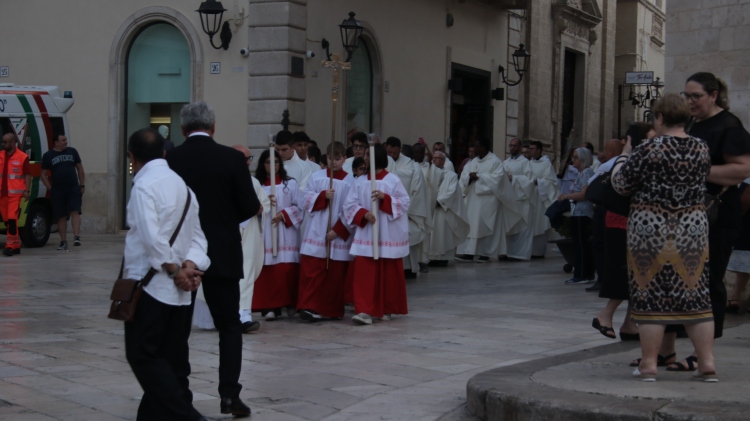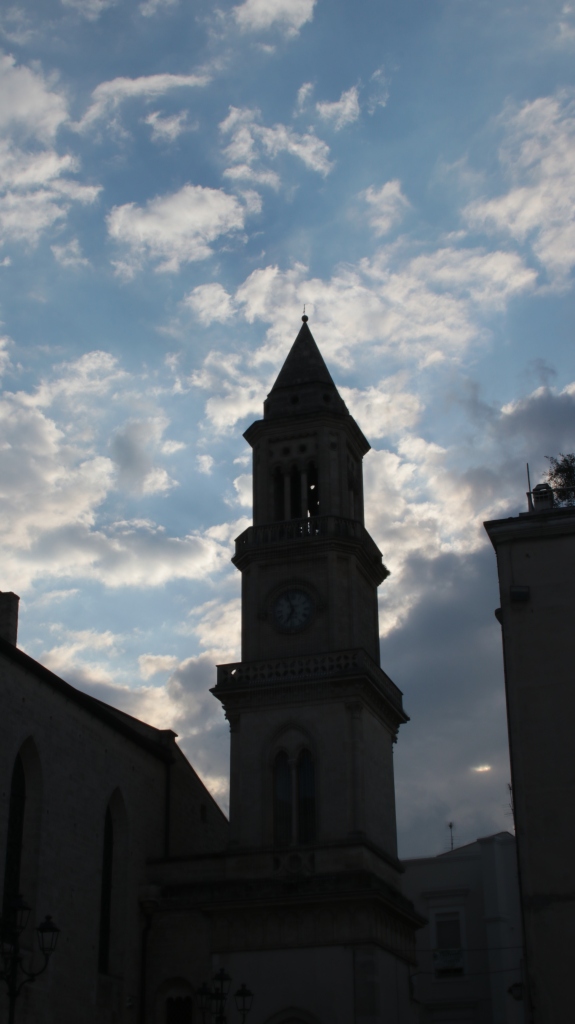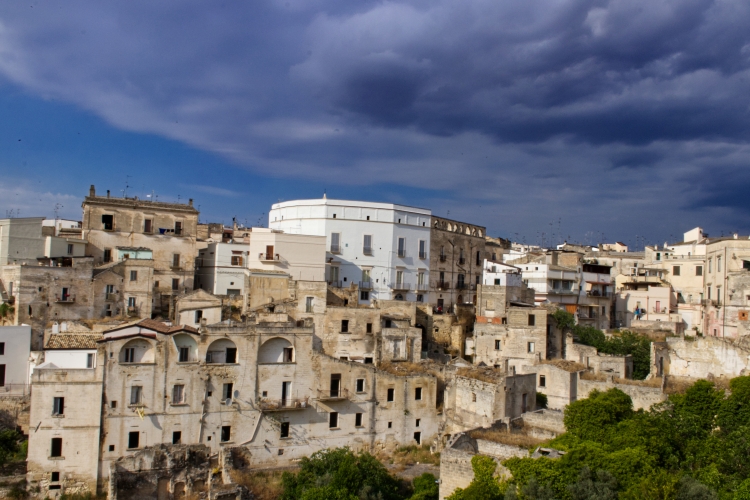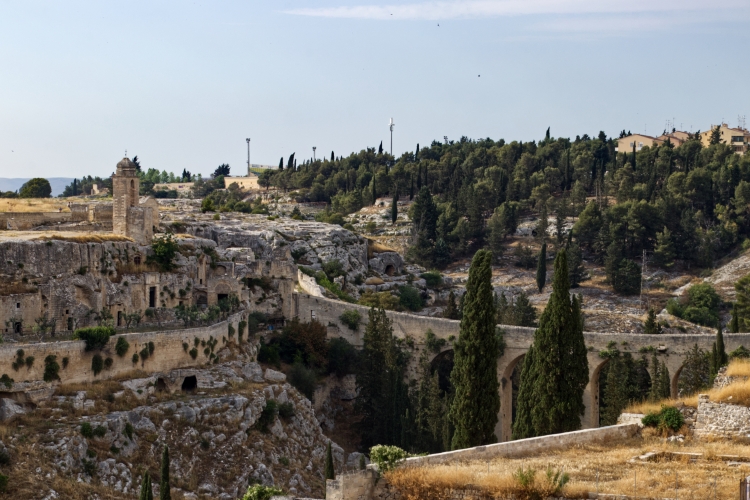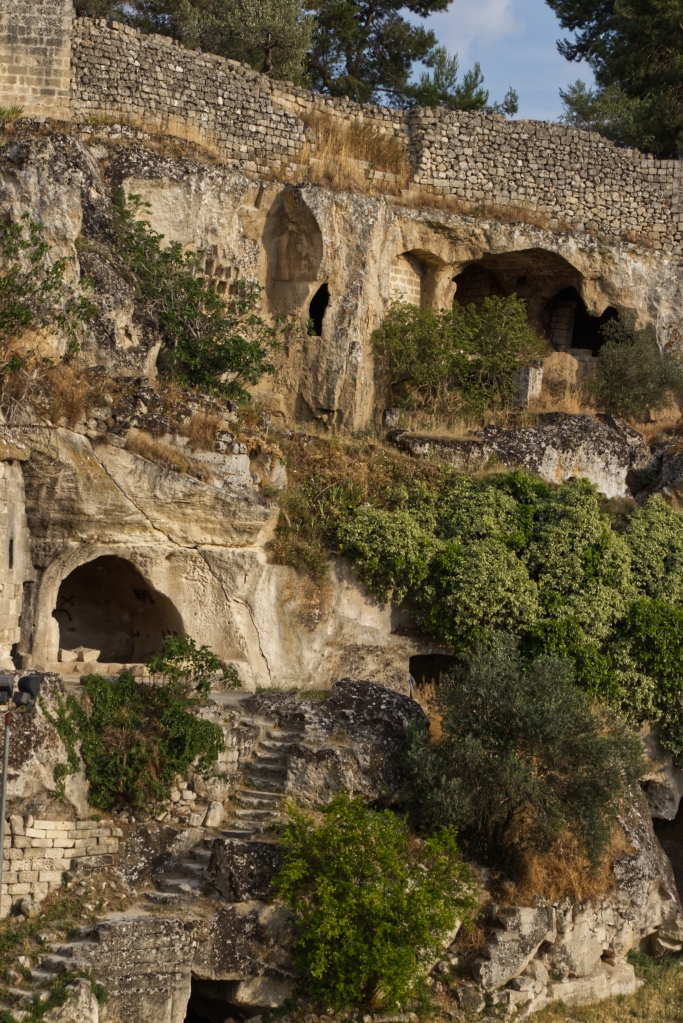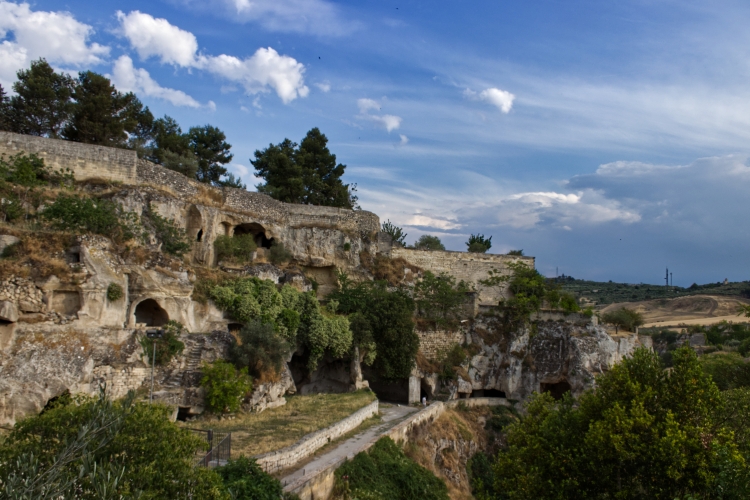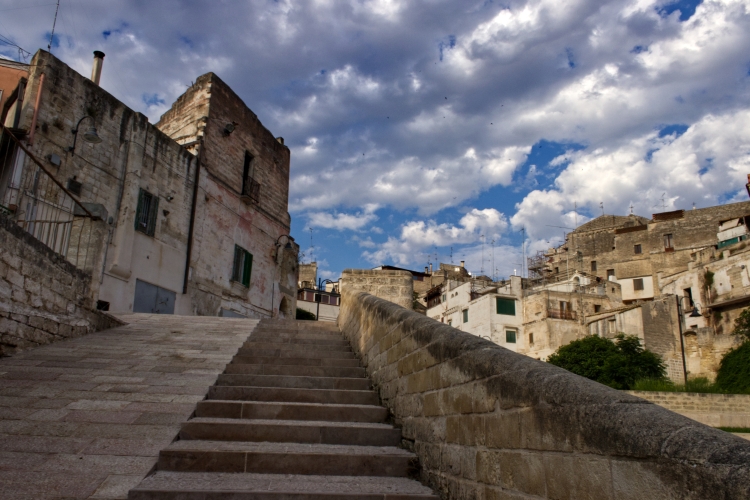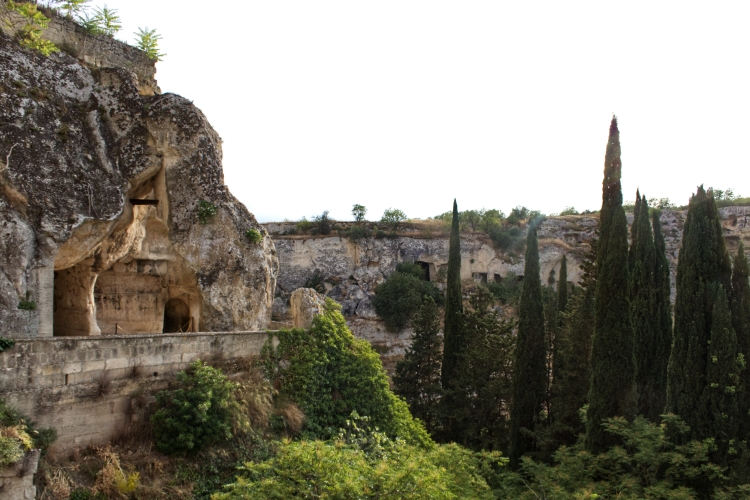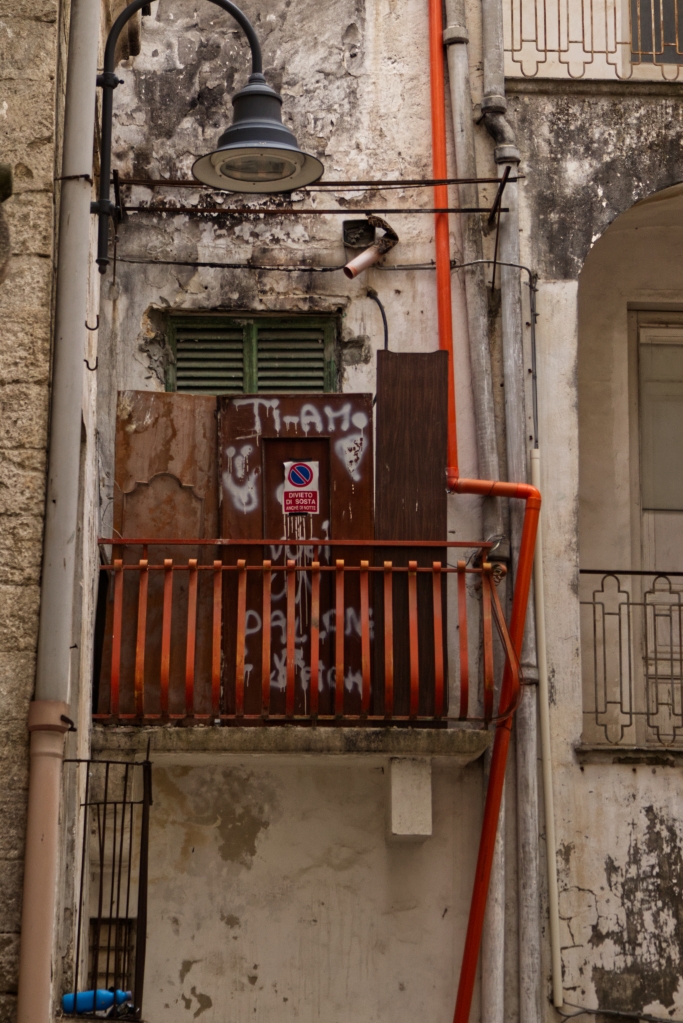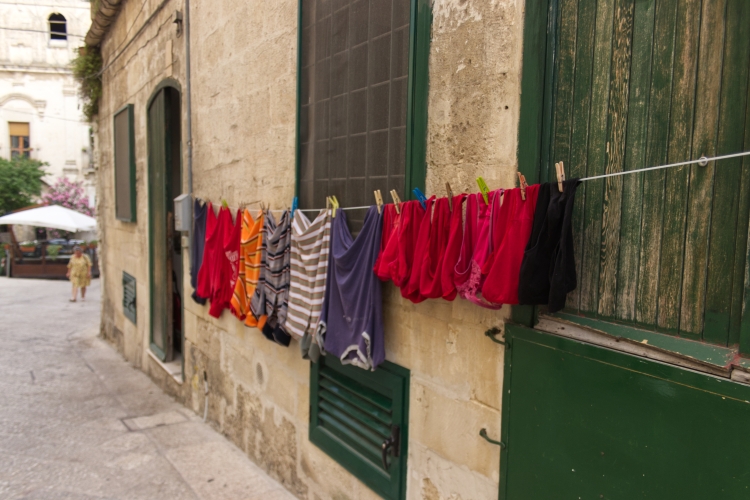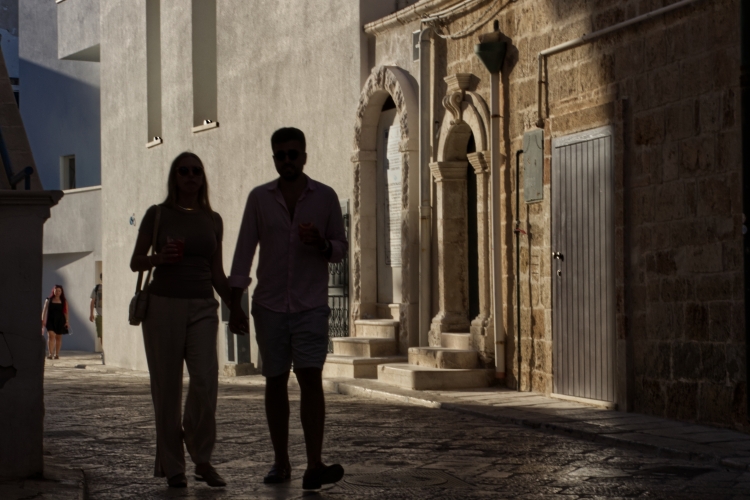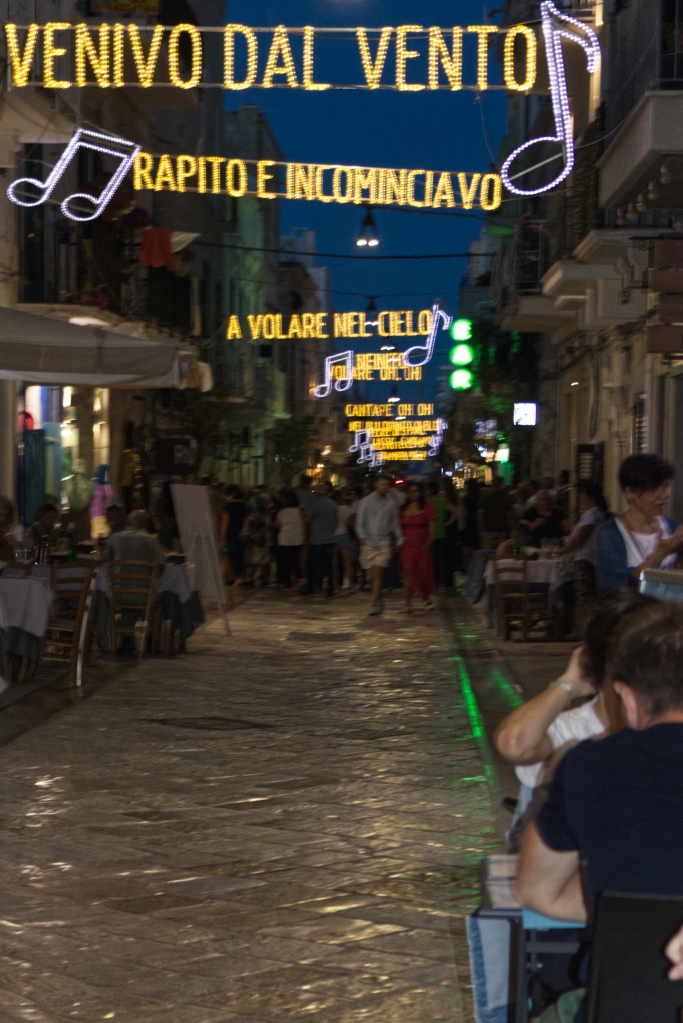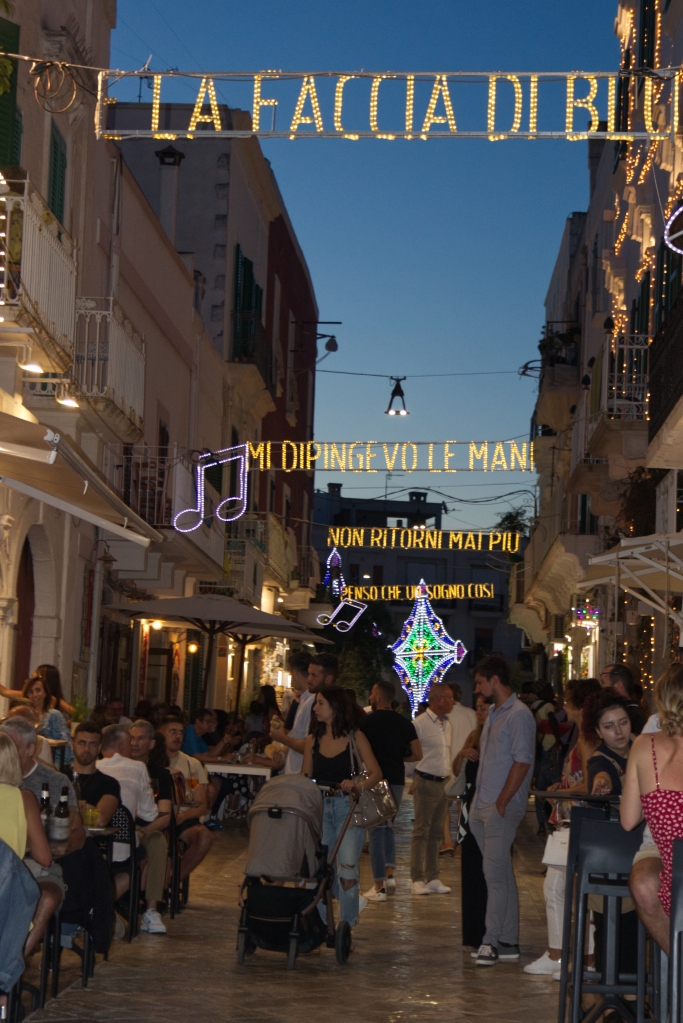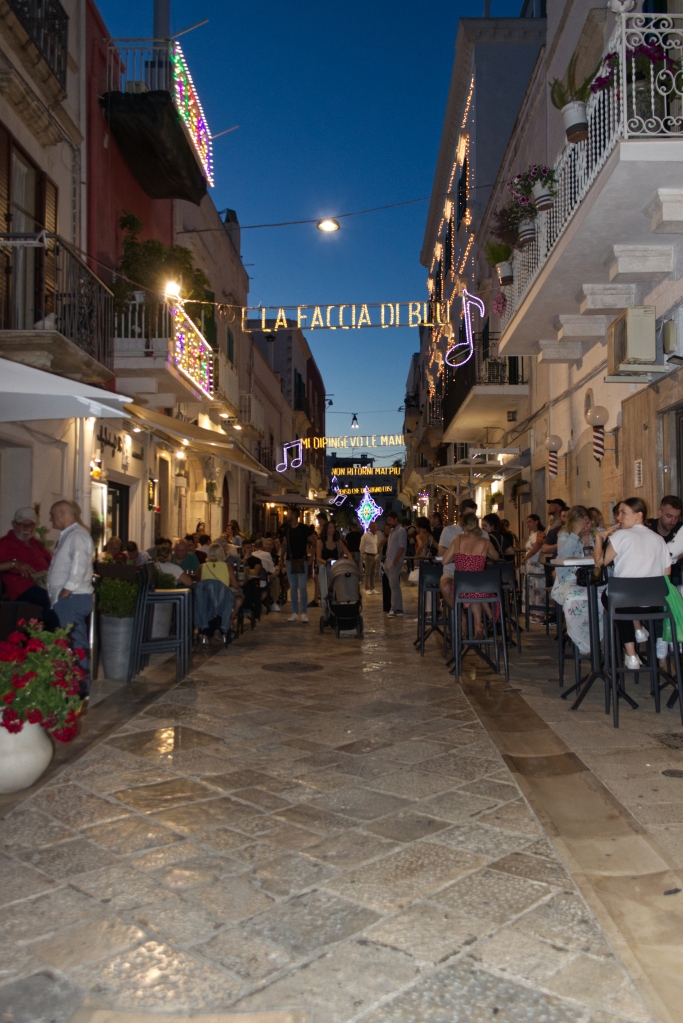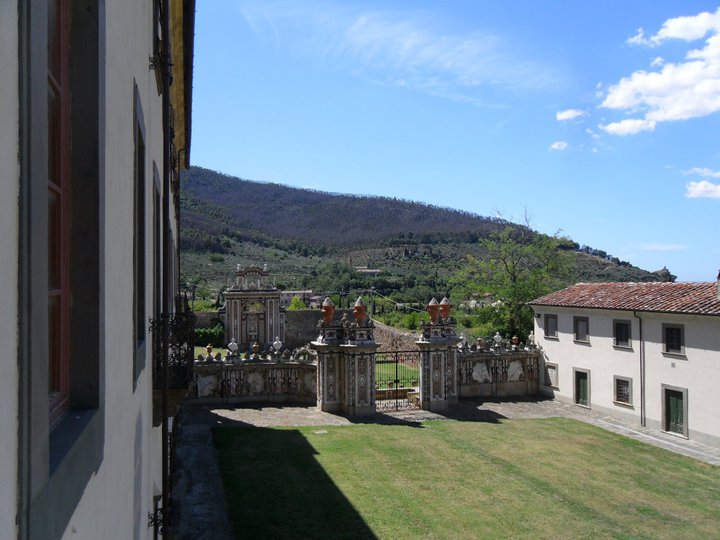I’m going to get right to the point. You can’t develop healthy eating habits if you don’t enjoy preparing your own meals from scratch. If you don’t enjoy, slicing, dicing, chopping, shaving, and grating there’s little hope, I’m sorry to say. You’ll need to learn how and when to steam, grill, sautee, boil or fry! Imagine that.
What it comes down to is the source of food you ingest. The less it’s been fiddled with by people, and processes, the better. What does this mean exactly? It means that readymade dishes, precut, or processed foods are out of the question. It means that if you want chicken soup or vegetable soup, you don’t use bouillon for flavor and then pour in a precut frozen vegetable medley that tastes of absolutely nothing. It means that if you’re in the mood for pasta you don’t get to use carbonara sauce out of a jar.
An important aspect of developing good eating habits, that many seem to miss, is developing good taste, which is intimately connected with an appreciation for the flavors, scents, and textures of fresh ingredients.
Let’s say you’re a burger lover, I’d find it hard to believe if you told me you can’t tell the difference between MacDonald’s and a homemade grilled burger with a lean cut of beef.
When you set out to prepare a meal, think of it as a work of art. Think of the colors, flavors, and presentation, and bring it all to life with your own hands. It doesn’t have to be a three-course meal, it can be a simple meal prepared with attention, fresh ingredients, and love.
It can be challenging to make healthy food choices when we are busy and constantly on the go. However, preparing all meals from scratch is one of the most effective ways to ensure that we are consuming nutritious food.
Does Preparing Meals from Scratch Really Make A Difference?
If you are ready to get healthy and you want a fine figure, great hair, and glowing skin then you will need to do your part. Prepare meals from basic ingredients, such as vegetables, fruits, grains, and meats, rather than use pre-packaged or processed foods. It means you’ll need to chop fresh garlic, onion, and ginger, instead of using their powdered counterparts, which have little or none of the benefits. You’ll thank me when you taste the difference. You’ll also need to bring your own meals to work or school.
If you don’t know how to cook, and you don’t know where to start, YouTube, Instagram, and Facebook are loaded with recipes, advice, and hacks for prepping your meals from scratch.
Benefits you will reap when you prepare meals from scratch
- When you prepare meals from scratch, you have complete control over the ingredients that go into your food. This means that you can avoid processed and artificial ingredients that are often found in pre-packaged or fast foods. You can also adjust the amount of salt, sugar, and fat in your meals to suit your dietary needs and preferences.
- Fresh, whole foods are typically more nutrient-dense than processed foods. Nutrient-dense foods provide a high amount of vitamins, minerals, and other essential nutrients per calorie, which can help keep you full and satisfied for longer. Additionally, preparing meals from scratch means that you can incorporate a variety of fruits, vegetables, and whole grains into your meals, which can improve your overall nutrient intake.
- Preparing meals from scratch can also save you money in the long run. While pre-packaged and fast foods may seem more convenient, they can be more expensive than making your own meals. Additionally, when you prepare meals from scratch, you can purchase ingredients in bulk and plan meals in advance, which can help reduce food waste and save money.
Handy tips for preparing meals from scratch
Planning your meals in advance can help you save time and ensure that you have all the ingredients you need on hand. Try to plan your meals for the week and make a grocery list to help you stay organized.
Cooking in bulk can help you save time and ensure that you have healthy meals on hand throughout the week. Consider making a large batch of soup, chili, or stir-fry that you can portion out and store in the fridge or freezer.
One of the benefits of preparing meals from scratch is that you can experiment with different flavors and spices. Try using fresh herbs, spices, and citrus to add flavor to your meals without relying on salt or sugar.
Preparing meals from scratch doesn’t have to be complicated. Simple meals like roasted vegetables, grilled chicken, or a quinoa salad can be healthy, nutritious, and easy to prepare.
Preparing all meals from scratch is the only way to ensure that you are consuming healthy, nutrient-dense food. We all know it can be a challenge to make healthy food choices when we are busy, but by planning ahead, cooking in bulk, and experimenting with different flavors, you can incorporate healthy eating habits into your daily routines.
Cooking from scratch can be a daunting task, especially for those who are more comfortable with a phone app than a pan. However, with a little bit of practice, patience, and a willingness to make a mess, even the laziest of cooks can become culinary masters.
By preparing your meals from scratch, you can improve your overall health and well-being and impress your friends and family with your newfound culinary skills and healthy glow. Embrace your inner chef and start experimenting in the kitchen.





